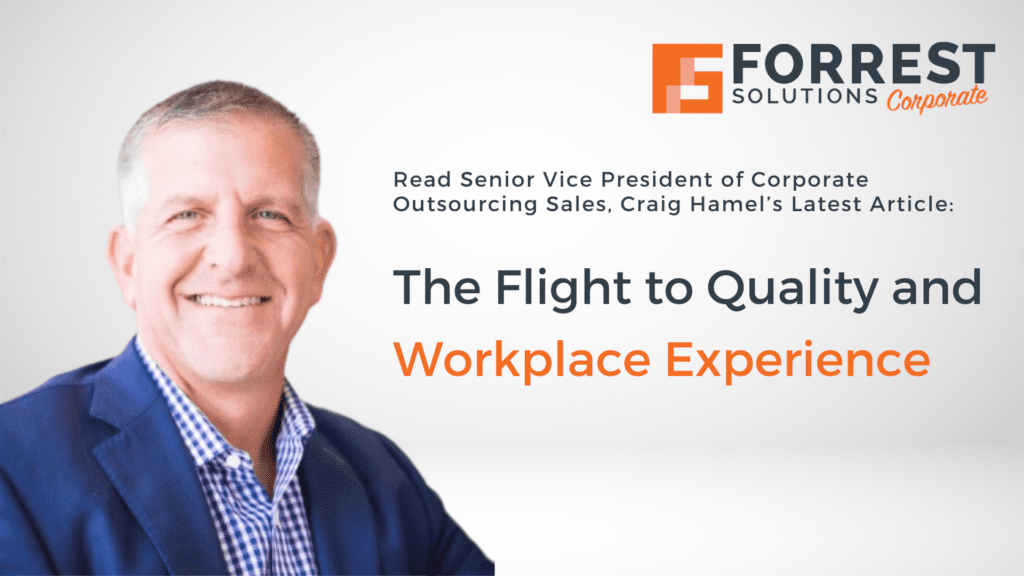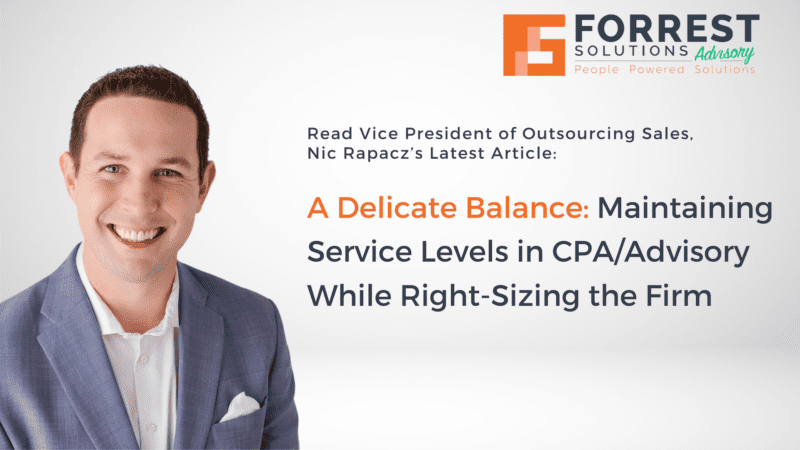
That the pace of change is “accelerating” is surely an understatement. While many organizations have, in fact, embraced hybrid operations, the meaning of hybrid has evolved from ‘office optional,’ to an average required 2 days a week, to now many organizations coming out with four-day work week mandates—this time, with teeth.
But punitive measures alone have proven inadequate and also increase the risk of attrition during a time where there’s still a very real and heightened war for talent. In fact, demand for top talent remains high even as the economic climate is expected to be slower.
That’s why it was so interesting to see that in addition to stricter measures is the push for amenities and enhanced workplace experience in the office: the carrot and the stick–which brings us to the flight to quality.
The Flight to Quality
With the onset of hybrid, professionals learned that they liked working from home and organizations learned they could potentially save on costs reducing real estate.
To that end, organizations have been slowly reducing real estate and in the past 18 months have reduced 13% of real estate square footage overall –a 4% ramp up of the downsizing trend that existed prior to the pandemic.[1] The declines in space-per-professional have been even larger in high-cost markets. Fortune 500 organizations have recently reduced their average square footage by 20% nationally but by 25% in high-cost markets.[2]
But the reductions have been strategic. Many organizations have taken advantage of the current environment and flurry of leasing activity to upgrade their spaces to Class A buildings and focusing the downsizing on the amount of space per professional while increasing focus on new workplace trends are emerging, including:
- Growing emphasis on the importance of collaboration, through the introduction of knowledge-sharing spaces and team offices in the work areas rather than only in client-facing conference centers
- Workplace experience, including both enhancing client experience and enabling ease of work
- Increased focus on wellness and diversity programs for all employees, as a means of fostering inclusion
- Digital transformation using technology to streamline processes, enable productive and secure remote work, and support on- and off-site collaboration resulting from hybrid work[3]
This is the flight to quality, and it is demonstrably successful to help bring professionals back in the office as per our survey results—especially when combined with workplace experience.
Flight to Quality + Workplace Experience
Leadership at organizations are quickly realizing that an upgrade in real estate is diluted if there is no equal upgrade in office and hospitality services in tandem. You wouldn’t take your Porsche to Jiffy Lube.
With the seismic transformation to the ways we work, it necessarily followed that the office must be entirely transformed into a destination that is better than home to be successful. And that this encompassed not only an upgrade of physical real estate, but the softer services that create the culture of the company.
I’ve talked at length about how our professional services and advisory clients had established a new way of focusing in their people by turning to hospitality to attract and retain staff. Now it is clear other sectors are following the same path, as they create workplace experiences with Ritz Carlton-like service and amenities.
The workplace has to be a better experience than working from home to offset the time and inconvenience of the commute. This has been going on for some time in other industries, with global brands creating immersive, authentic connections that support meaningful memorable moments in an effort to drive loyal behavior.
Operationally, workplace experience makes the experience of the modern, hybrid office hyper-efficient and frictionless. As many organizations have implemented room booking or desk booking technologies, it’s workplace experience that makes hybrid seamless: staff help professionals and visitors with wayfinding services, escorting people to pristine desks that have been pre-populated with the exactly correct IT outfitting.
Professionals are provided a booked with local amenities, from restaurants and dry cleaning to cinemas and entertainment. Workplace experience staff create relationships with specialty cuisine to satisfy the most esoteric requests and note of dietary sensitivities and create special Uber Eats groups and fully manage the process from ordering to lobby pick up to desk delivery.
Visitors are provided themed welcome gifts populated with unique local favorites, from Florida-orange chocolates to Ghirardelli, and guided by lobby ambassadors to correct elevator banks. Premium locations such as interview floors are stocked with exceptional snacks and highly trained baristas to delight guests.
When our workplace experience clients, travel intra-office, for instance, workplace experience means they receive arrival emails welcoming the visitor to the office with custom instructions regarding the office location, to efficient AV preferences and delivery and other preference details have been confirmed, communicated and ready to enjoy upon arrival – right down to specific brands of beverages, specialty milks and more. And when the traveler includes the organizational leadership, that person is handed a leather bound itinerary of everything they are doing and seeing, minute by minute.
When leaders apply a variety of “carrots” to incentivize professionals back into the office, incremental success is gained that, over time, can deliver significant impact to what leaders want: more time in the office, better compliance with RTO, and ultimately engagement with the company culture.
Takeaways
In the end, costs in upgrading real estate and workplace experience are offset by slightly reduced real estate needs overall but also attrition, recruiting and higher compliance with RTO policies. As organizations are ramping up their stricter 4-day work week mandates, these are the counterbalancing levers. The great news is, as organizations become more serious about RTO, we’re also seeing the effectiveness of this combination as organizations continue the experiment of creating a new culture, the foundation of brand longevity.





